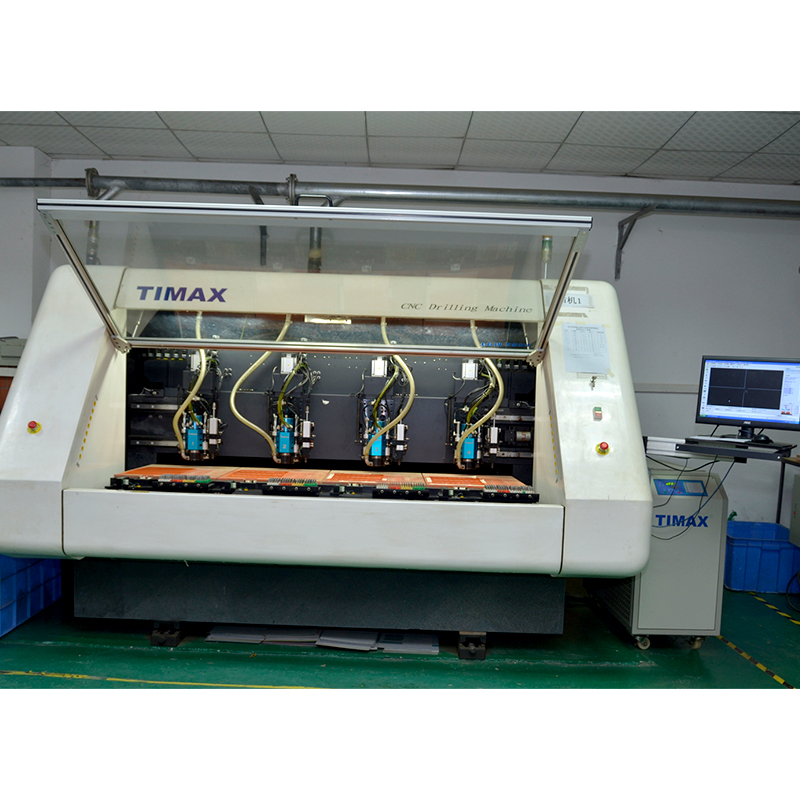Introduce:
In this blog, we’ll explore common failure modes of rigid-flex circuit boards, their causes, and possible solutions to ensure optimal performance and longevity. By understanding these failure modes, manufacturers, engineers and designers can improve circuit board reliability, ultimately improving product quality and customer satisfaction.
Rigid-flex circuit boards are popular across industries due to their flexibility, reliability, and compact design. As technology continues to advance, these boards become more complex, resulting in the need to closely address potential failure modes.
1. Mechanical stress:
One of the primary failure modes of rigid-flex circuit boards is mechanical stress. The unique combination of rigid and flexible materials makes these boards susceptible to bending/twisting, which creates stress and strain. Over time, this stress can cause breaks, cracks, and damage to the circuit, eventually leading to complete failure. This failure mode can be exacerbated by factors such as improper handling, excessive bending, or insufficient design considerations.
To mitigate mechanical stress-related failures, it is critical to optimize the design and manufacturing processes. Adequate support structures, proper trace routing, and careful material selection can significantly improve a circuit board’s ability to withstand mechanical stress. Rigorous testing and stress analysis are also critical to identify potential weaknesses and optimize the design accordingly.
2. Thermal stress:
Rigid-flex circuit boards operate in different temperature environments and are therefore prone to thermal stress-related failures. Temperature fluctuations can cause different materials to expand and contract at different rates, leading to delamination, solder joint problems and connection failures. Excessive heat or rapid temperature changes can accelerate this failure mode, compromising the overall functionality and reliability of the board.
To address thermal stress-related failures, designers must consider proper thermal management techniques during board layout and assembly. Heat sinks, thermal vias, and controlled impedance traces help distribute heat evenly and prevent concentrations of thermal stress. The use of high-temperature materials and careful component placement can also minimize the impact of thermal stress on board performance.
3. Chemical and environmental factors:
Rigid-flex circuit boards often encounter harsh chemical and environmental conditions, making them prone to failure. Exposure to moisture, corrosive substances, and contaminants can cause oxidation, rust, and degradation of circuit components. Additionally, external factors such as dust, debris, and humidity can adversely affect insulation and protective coatings, making circuit boards more susceptible to short circuits and electrical failures.
To prevent chemical and environmental related failures, manufacturers must prioritize conformal coatings, which provide a layer of protection against moisture, chemicals and debris. Waterproof sealing techniques, such as potting or encapsulation, can increase the board’s resistance to external components. In addition to these measures, regular inspections, testing and maintenance are required to identify and mitigate any early signs of failure caused by chemical or environmental factors.
4. Electrical overload and ESD:
Electrical overload and electrostatic discharge (ESD) are important causes of rigid-flex circuit board failures. Improper electrical design, high currents, or sudden voltage spikes can cause burned components, melted traces, and circuit board failures. Electrostatic discharge (ESD) occurs when there is a sudden surge of static electricity onto a circuit board, which can cause catastrophic failure and irreversible damage to sensitive electronic components.
Preventing electrical overloads and ESD-related failures requires diligent design practices, including proper protective circuitry, voltage regulation, and grounding techniques. The combination of surge protectors, fuses, and ESD suppression devices can significantly reduce the risk of damage from electrical overloads or ESD events. Additionally, employee training on ESD safety protocols and controlled manufacturing environments play a critical role in minimizing these failure modes.
In conclusion:
Understanding the common failure modes of rigid-flex circuit boards is critical for manufacturers, engineers and designers looking to improve reliability and reduce potential risks. Mechanical stress, thermal stress, chemical and environmental factors, electrical overstress and ESD all pose significant threats to the proper operation of these circuit boards. By implementing effective design considerations, material selection, manufacturing techniques, and testing procedures, these failure modes can be mitigated, ensuring longevity and optimal performance of rigid-flex circuit boards. Ultimately, proactively addressing these failure modes will improve product quality, customer satisfaction, and the overall success of your electronic system.
Post time: Oct-06-2023
Back







